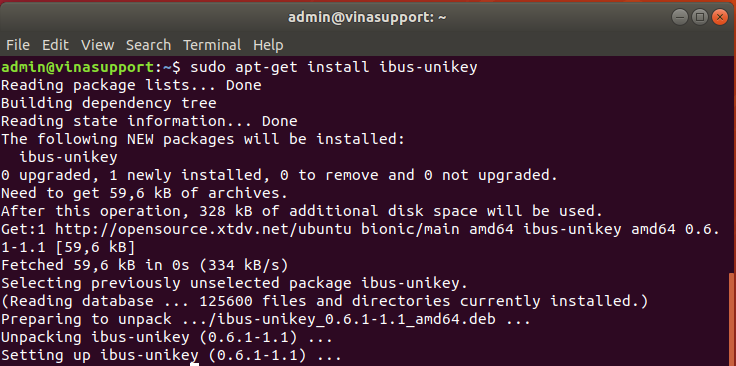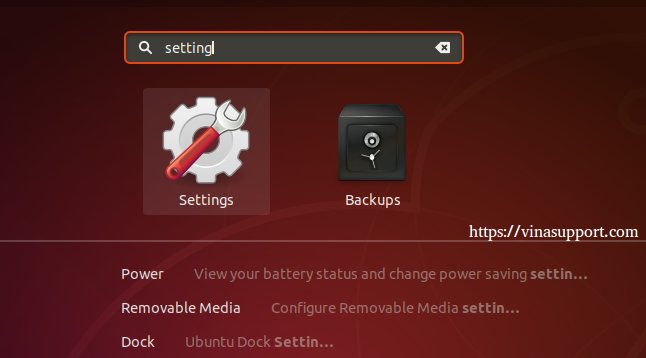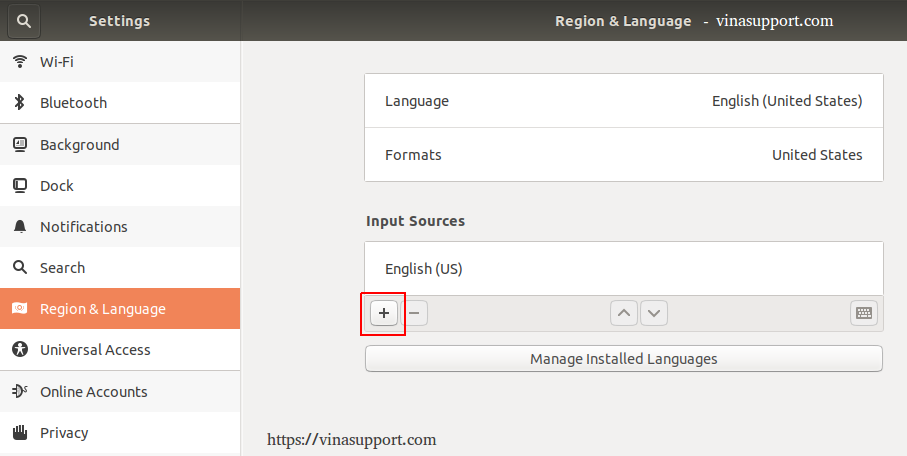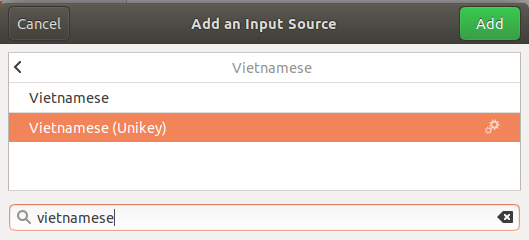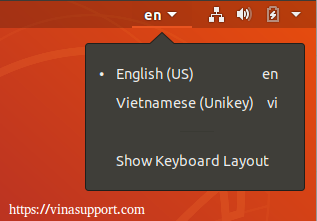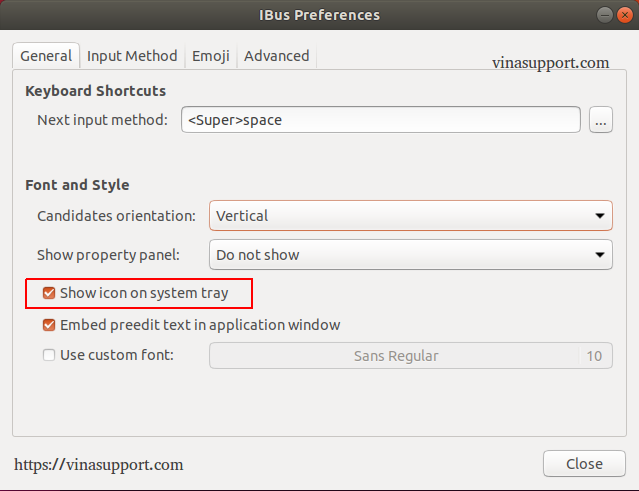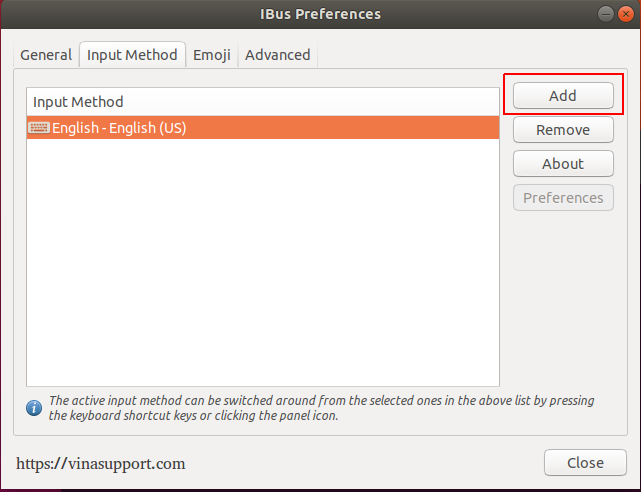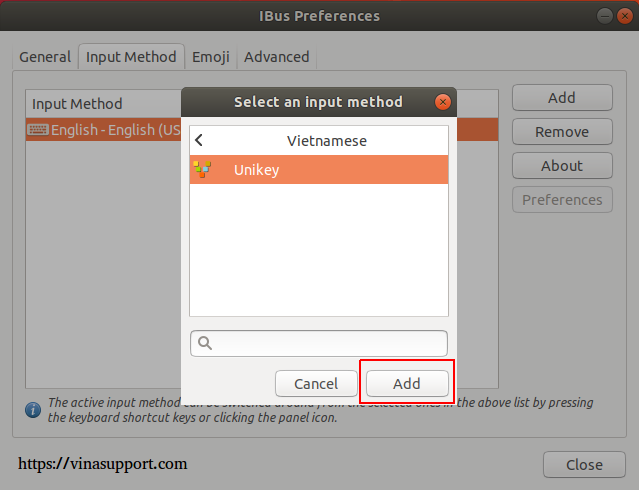 |
| iSkysoft PDF Editor Pro 6.3.5 + Portable / 6.7.11 macOS |
DESCRIPTION
FEATURES
- Annotating important content enables you to find important content the next time.
- There are tools like: Highlight, Underline, Corrosion, Stick Note, Text Box, Rectangle, etc.
- Editing or Converting Scanned PDFs (Requires OCR Plugin): Scan and convert scanned PDF files to Microsoft Word, PowerPoint, etc.
- Encrypt PDF documents with a password: Secure PDF documents with a password to prevent opening, editing, copying or printing
- Decrypt password protected documents
- Merge and split PDF files with just one click: Split a PDF file into multiple pages, depending on the number of pages you set
- Create PDFs from Word, Excel, etc.: Ability to delete undesirable pages, measure pages, insert new pages, images and graphics
- Convert PDF documents to Word, Excel, PPT, image, text, EPUB and HTML formats
REQUIRED SYSTEM
- Windows 10/8/7 / Vista / XP
- Mac OS X 10.7, 10.8, 10.9, 10.10, 10.11 (El Capitan) và 10.12 (macOS Sierra)
The link to download iSkysoft PDF Editor Pro 6.3.5 Crack Full Download + Portable / 6.7.11 macOS : LINK DOWNLOAD

